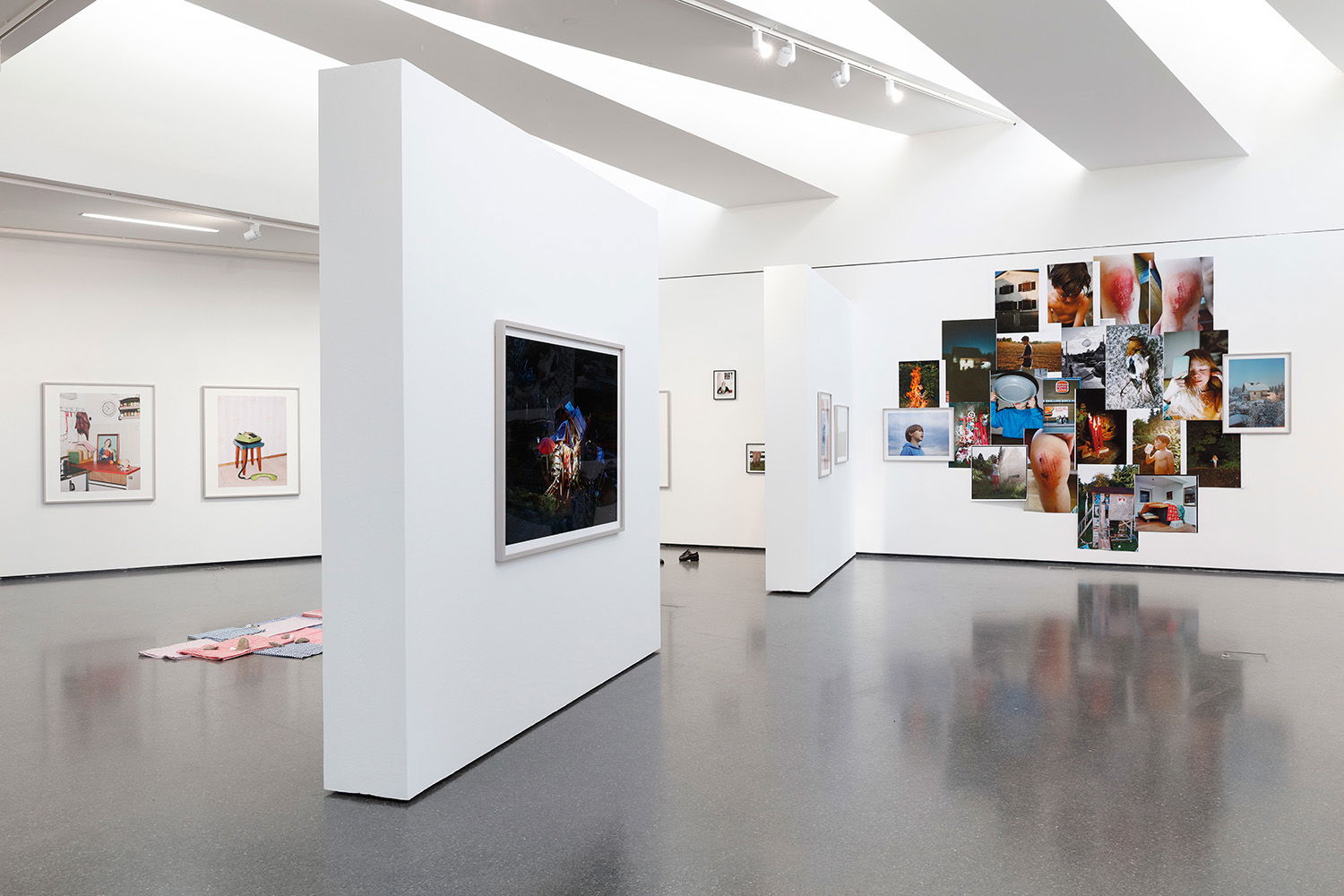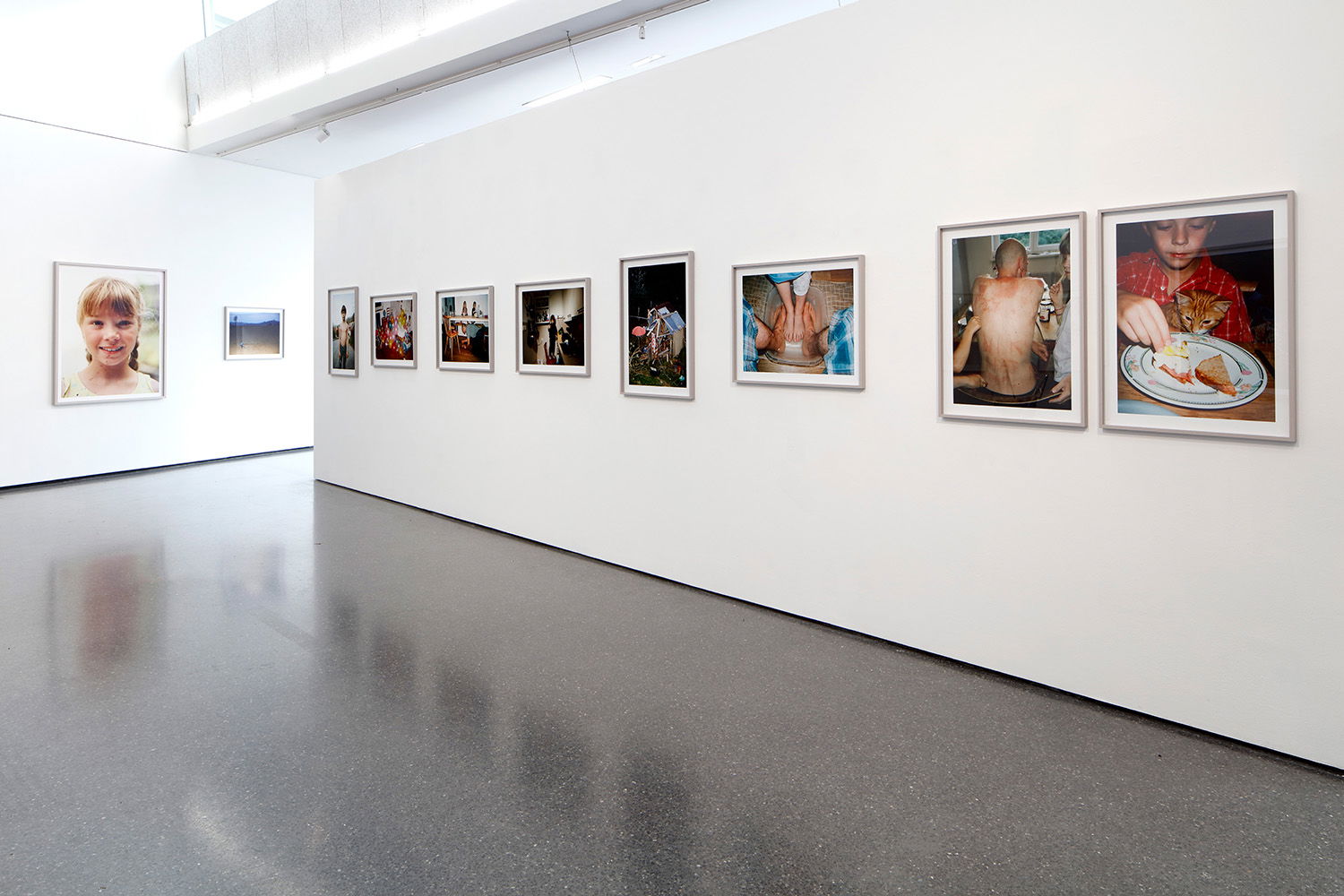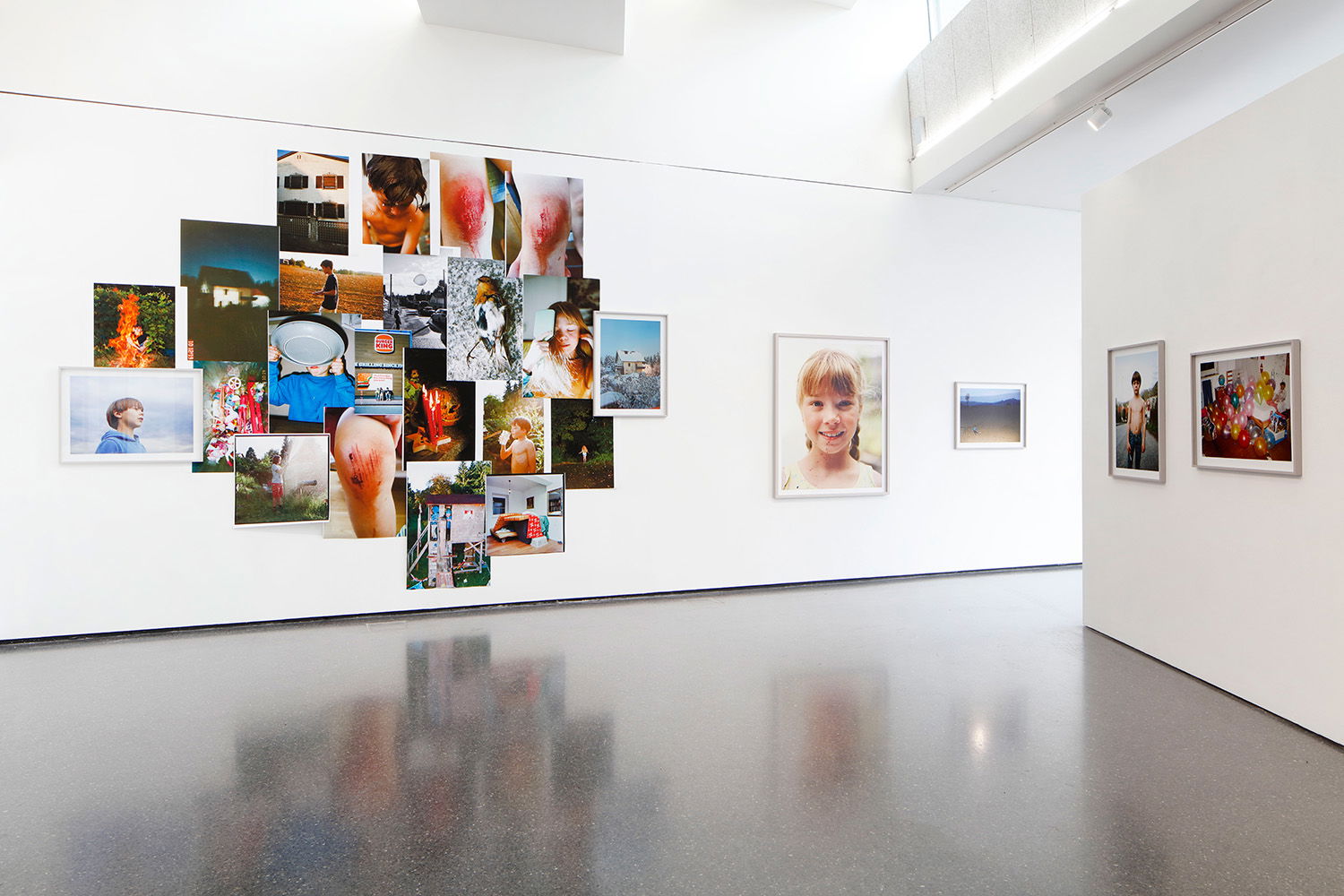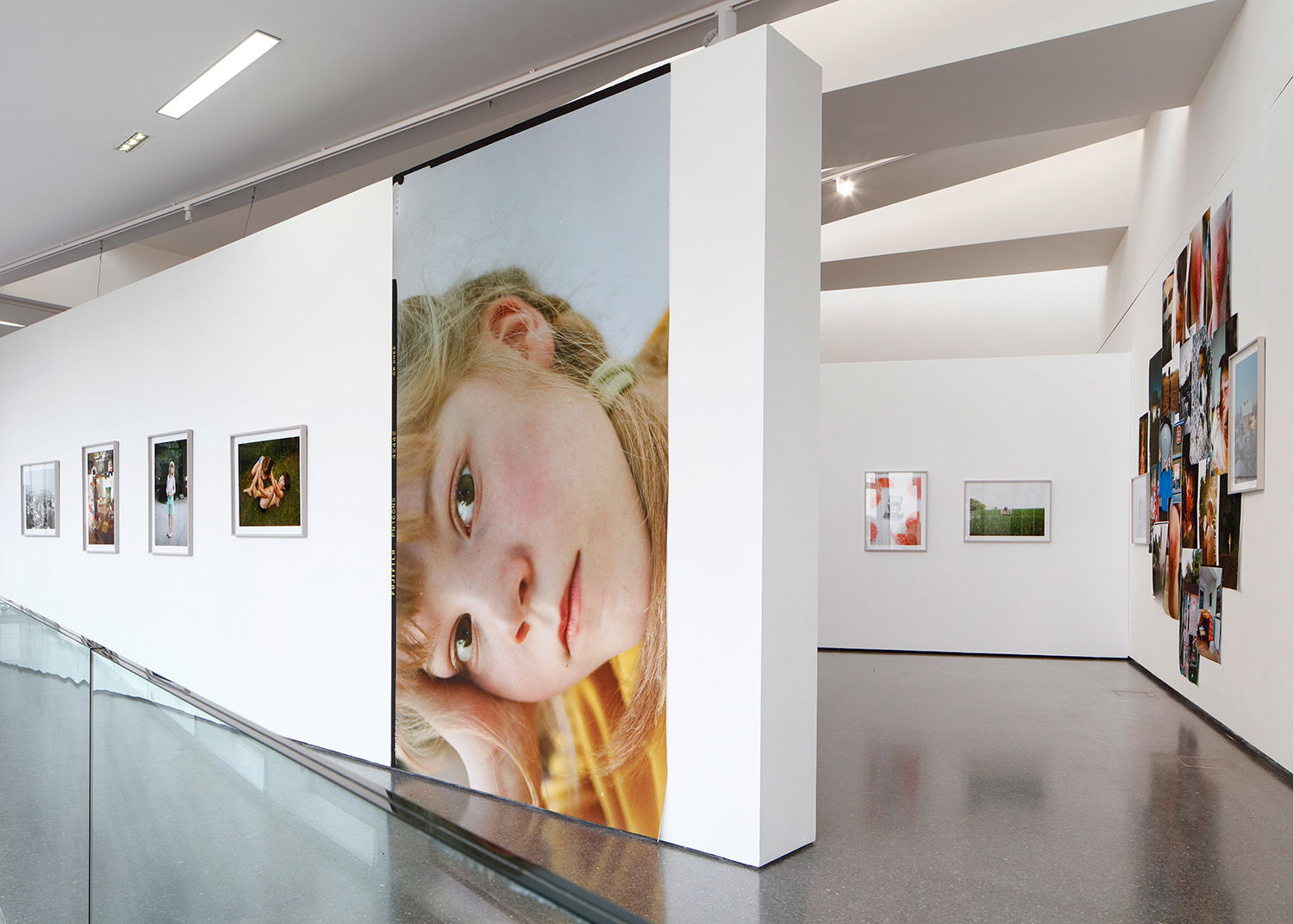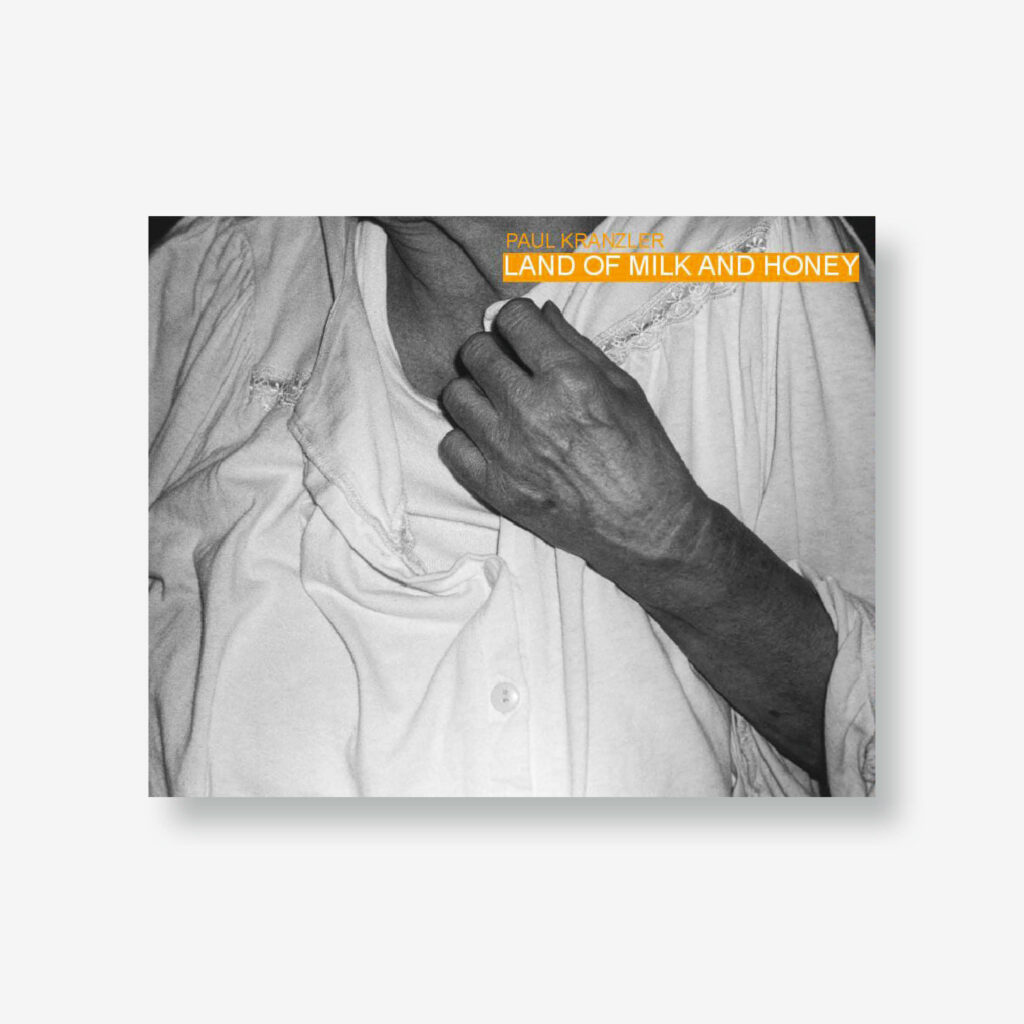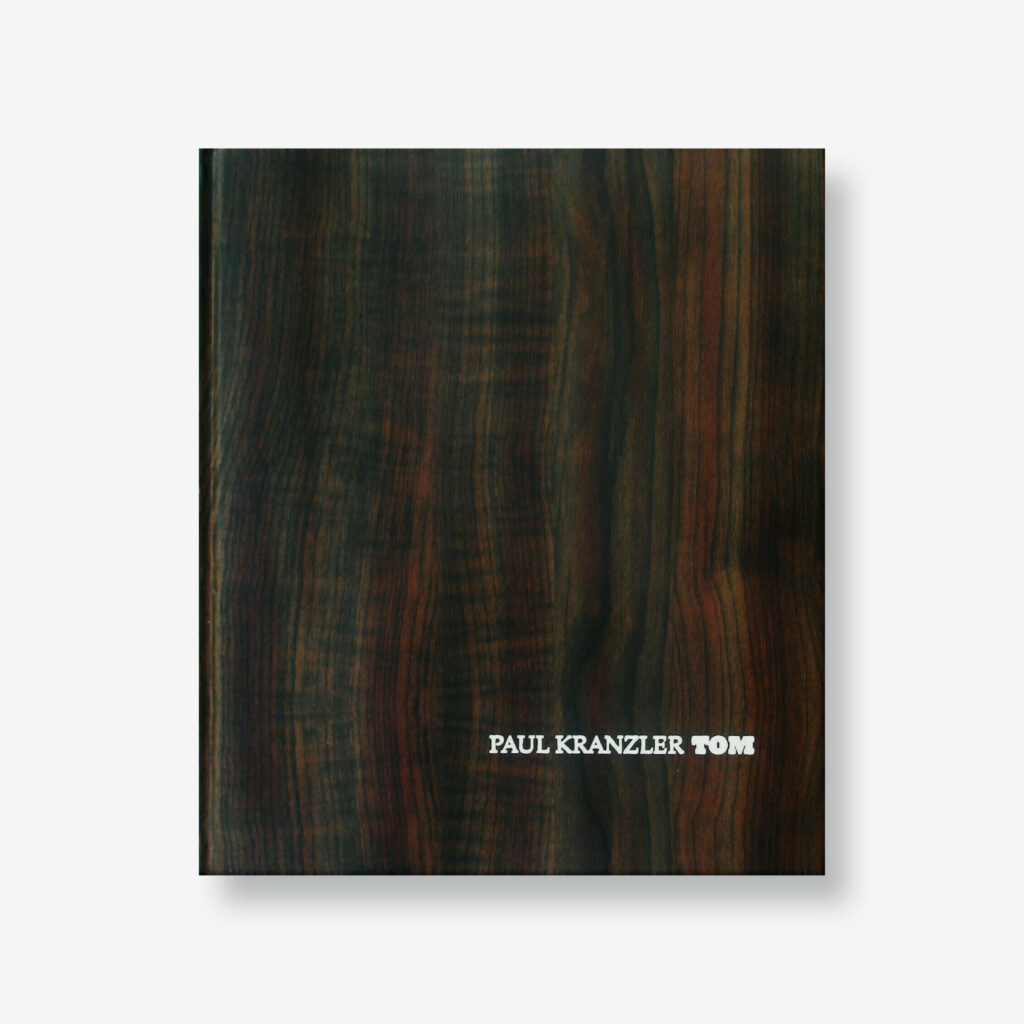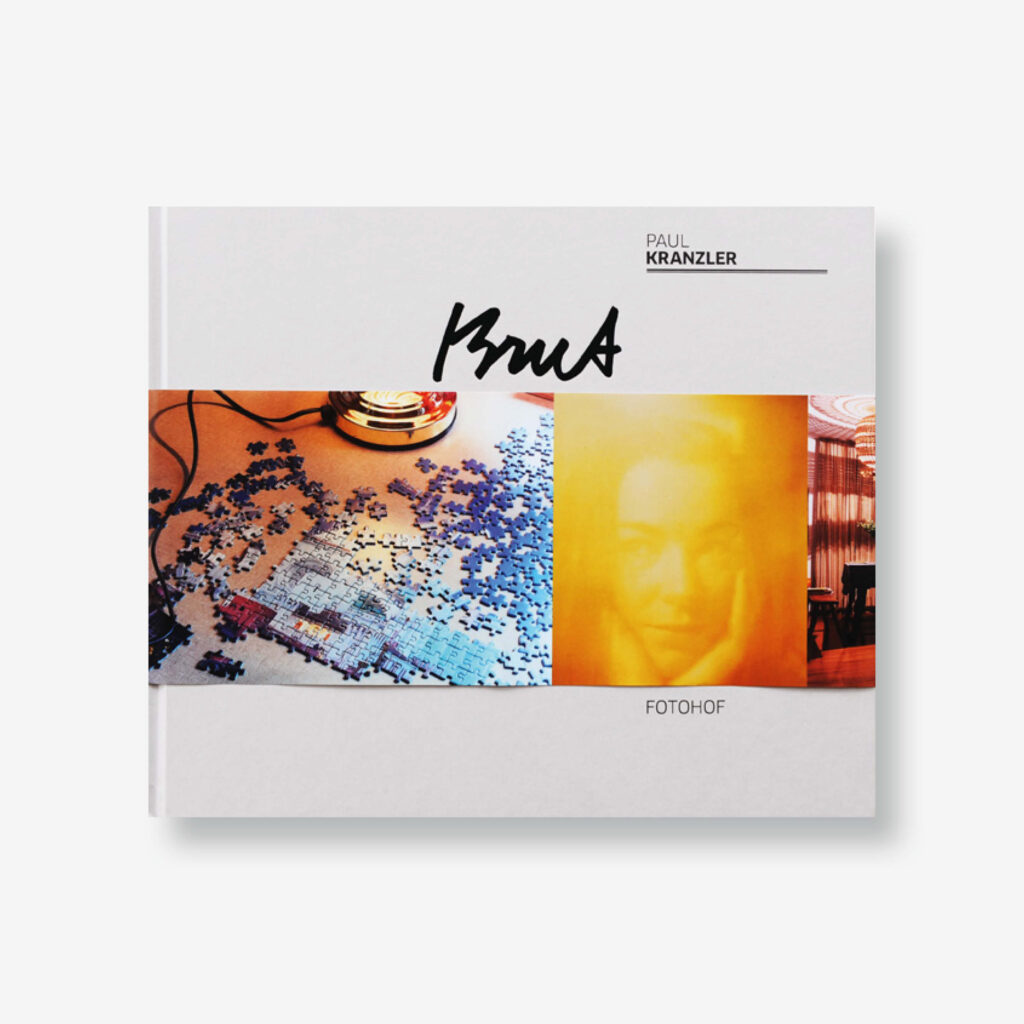Paul Kranzler
New Documents – refined
In reference to the famous exhibition »New Documents« (Diane Arbus, Lee Friedlander and Gerry Winogrand, MOMA 1967), we are titling the exhibition at FOTOHOF with pictures by Paul Kranzler and Stefanie Moshammer in the gallery and Seiichi Furuya in the studio. »New Documents refined«. It shows photographs of the children, the grandmother, the partner – family pictures in the broadest sense and with very different approaches are the theme of the three prominent Austrian photographers.
Paul Kranzler is the father of three children − Nikolaus (11), Marielen (9) and Moritz (7). Kranzler shows previously unpublished pictures of and with his children and tells universal stories of love and closeness, of play and seriousness, with determination to create a successful picture, full of tenderness in the face of occasional chaos. »The people, spaces and landscapes of my personal surroundings are the most photographed motifs in the world. If you are in an environment for a long time, it is called ‘home’ or ‘relationship’ or ‘family’ or ‘home’ or ‘cemetery’ or ‘prison’ etc. Perhaps the personal environment is four-dimensional – the three-dimensional space and the fourth dimension, the emotion attached to this (life/people) space.« − Paul Kranzler

